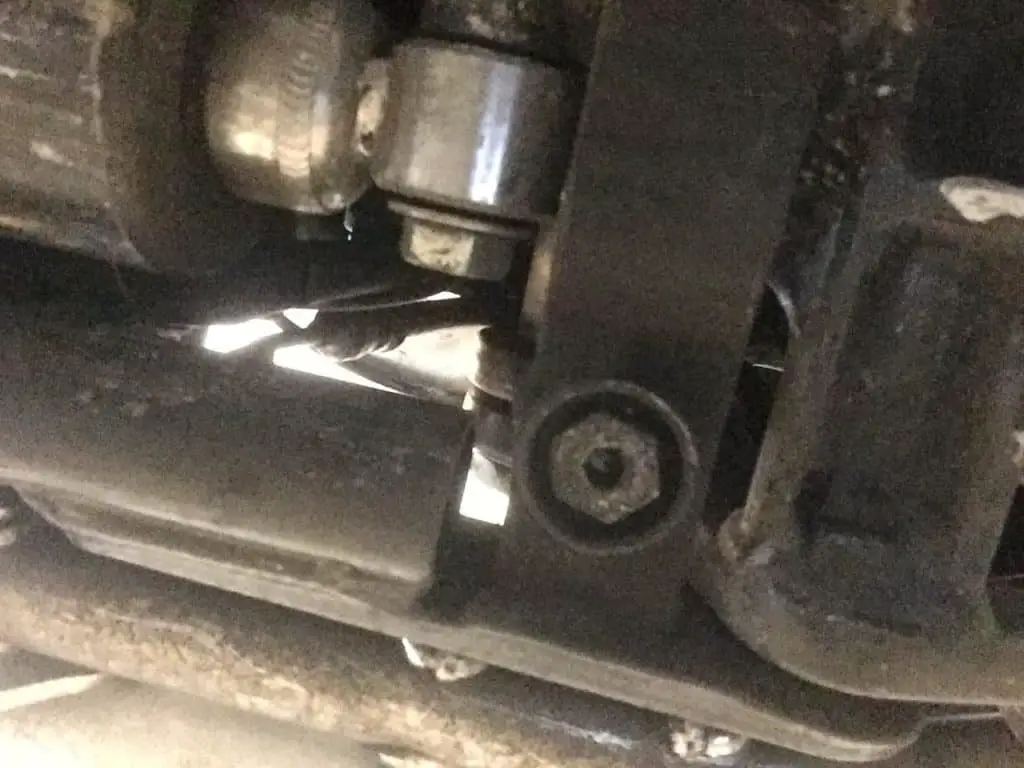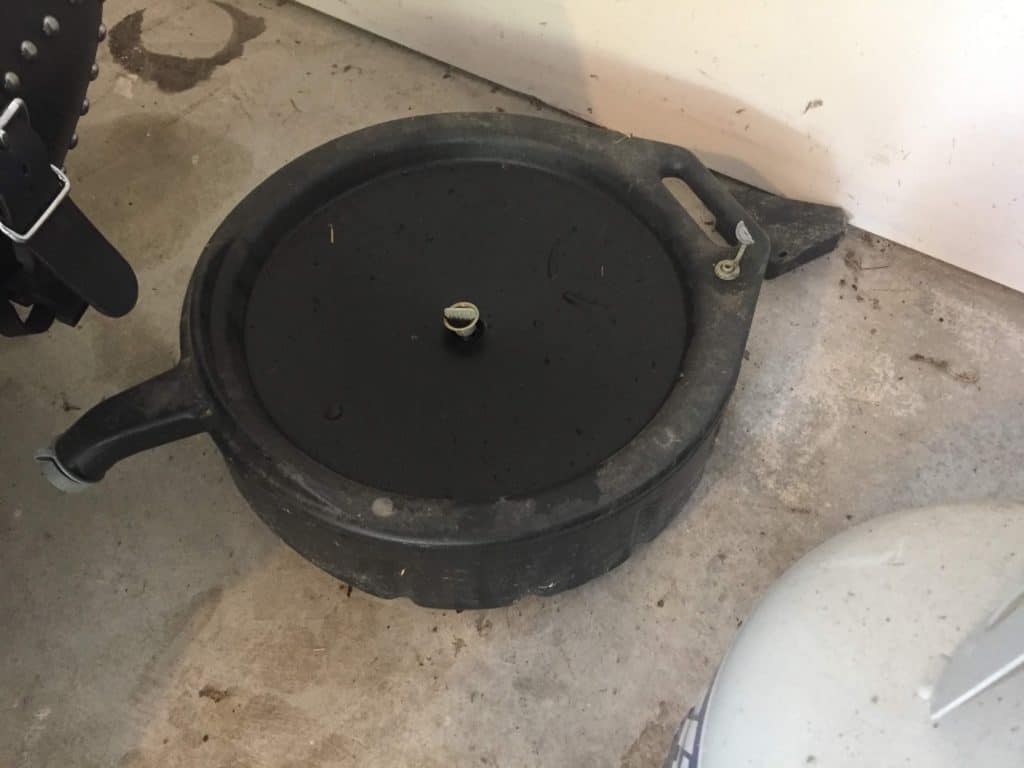
I saw my bike in the garage’s corner this week and I wondered if I should have changed my oil before putting it away or will it be ok to until the spring. I also wondered if I should make this part of my routine for the up coming riding season or putting it away in the fall.
Should I change my motorcycle oil in the fall or spring? The safest course of action is changing your oil in the fall before putting your motorcycle away. Depending on the last oil change, it may have lots of contaminants in the oil. This may affect the metals in side our engine if left for months at a time and done year over year. It is will be cheaper to change the oil than to replace the engine.
Even though you change the oil in the fall, many riders have strong opinions about leaving the old oil in the motor until spring. I figured it may be a good idea to dive into this topic of oil in more detail so you better understand why it is best to change it in the fall.
When should I change my motorcycle oil?
Aside from changing the oil in the fall or spring, you need to follow regular maintenance schedules as the manufacturer recommends.
If your riding season is like mine, then you may not ride enough in a year to make the regular mileage changes. For example, over the past 10 years I have ridden a few hundred miles to a few thousand. (Raising a family and kid activities has been the priority. I am happy to say riding has been a focus the past 18 months, even if it is just riding to work.)
This has made the fall or spring question even tougher because I did not really know what happens to oil on a chemical level before researching this article.
If you are in this situation, just change it every fall so you know the bike will have clean oil for the next riding season.
When you ride several thousand miles, obviously you should change the oil based on the manufacturer’s maintenance schedule. This can still be difficult when you buy a used bike. Many times it does not come with the owner’s manual. When this happens, either research it online by getting the information from the manufacture website or order a manual to keep at home. (I recently priced the manual for my Harley at $120. Seems a bit expensive.)
How long can oil sit in a motorcycle?
The oil will sit there until it gets changed. Perhaps the better question is does the oil go bad?
Old Oil
The shelf life of old oil directly relates to the usage. If the oil should last 3000 miles and you rode 2500, the oil lacks the ability to protect and contains lots of contaminants. The shelf life is much shorter.
The oil manufacture will have an expiration date when the performance levels drop, providing little to no protection. It could be miles or an actual date.
After finding this out, I literally went out to my garage to look at the older quarts of oil sitting on my shelf. I saw no expiration date on the container. You may have to do a little work to find the date.
New Oil
You should not really have to worry much about newer oil expiring in the same way like a gallon of milk.
All the research I completed gave date ranges of an infinite life (if stored under proper conditions) to 3 to 5 years. You should use the oil with in a season or two.

How the oil is made plays a huge role in the life of your motorcycle oil. Is it conventional or synthetic?
The Effect Of Changing Your Oil with Conventional or Synthetic
I can remember the first time someone exposed me to synthetic oil. I was in the garage changing the oil in my truck when a buddy came over to hang out. A few quarts of my name brand oil were sitting under the hood ready to be poured into the motor. He asked me, “Why are you using that stuff?”
As a car lover, this was one topic that really got me going. We talked about why I like my name brand and why he liked his. One point he favored was the new range expanding from 3000 miles to 5000.
I did not believe him until he walked from his vehicle with a quart in his hand. This was a game changer for me.
The point, is if you are not aware of the differences spend a little time to better to become educated on the topic.
Conventional Oil
The making of conventional oil starts in the ground by pumping crude oil found deep below the surface. This crude oil makes all kinds of things from the oil we put into our motorcycles to gasoline, and even plastics.
Once the oil is out of the ground, it gets pumped to a refinery where companies process it with chemicals and heat. The chemicals that get added to the oil cover four jobs.
- Detergents- Used to clean and neutralize oil impurities to help slow the process of sludge build up which can block oil passage ways causing damage to the engine.
- Dispersants- These also manage impurities by preventing sludge from building up on critical surfaces. They also increase the lubrication factor of the oil.
- Rust Fighters- As the name suggests, these chemicals help reduce the effect of oxidation causing rust on the internal engine components.
- Friction reducers- These chemicals allow engine parts to slide over one another with lower amounts of friction creating less heat and wear on the engine.
Working in combination with each other, these additional chemicals help overcome the biggest problem of crude oil.
This problem, created by the organic nature of crude oil, is not having a consistent molecular structure.
The inconsistency creates additional friction and heat as the molecules bump into each other with the engine running.
This also affects the flow or viscosity of the oil.
Viscosity tells you how fluid the oil moves at different temperatures. I will spare you the technical stuff, but a lower viscosity means the oil will be more runny. Thinks molasses versus cooking oil.
Synthetic
A synthetic oil starts its life out the same as conventional oil. A base oil is pulled from the ground but further refined and treated versus a traditional oil.
Believe it or not, they made the first synthetic oil in Germany in 1972 to address sludge build up on the large truck, and airplane engines. It then caught on for race cars.
Further refining and treating the oil makes a product with a more consistent molecular structure. The result?

A wider range of protection at colder and hotter temperatures, more consistent viscosity, and a longer life all resulting in better engine performance.
The drawback? Synthetic motor oil costs about twice as much as a conventional motor oil. However, it can last up to 5 times longer (comparing the traditional oil change at 3000 miles versus 15,000 on some newer synthetic oils.)
The longer life has two other positive benefits.
- The longer life can also mean paying less in maintenance costs over the long run.
- Someone will use less oil, creating less of an impact on the environment.
Related Questions:
How do I get my motorcycle ready for the spring? Start with the battery for the riding season. If you have not kept it on a trickle charge, start several days before your first ride. Check your carburetors next. You will know if they need cleaned by how rough it runs. Then move on to tires, check for cracks and tire pressure.
How Do I get My Motorcycle Ready For Winter? I always fill up my tank first. This prevents moisture from causing rust on the inside. I then move onto to treating the fuel with some kind of additive like Sta-Bil. Ride the bike after pouring it in so it mixes well and gets down into the injectors or carburetors. This will help prevent build up when you get the bike out again. Do a general clean and disconnect the battery if you do not keep it on a trickle charger or put the battery on a trickle charger. Change your oil. Put the bike away.
